Gonatodes humeralis
—
Bridled Forest Gecko
Also known as:
Orange-spotted Gecko, Trinidad Gecko
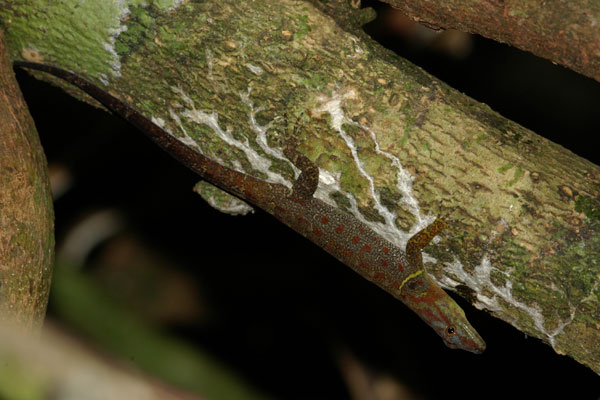
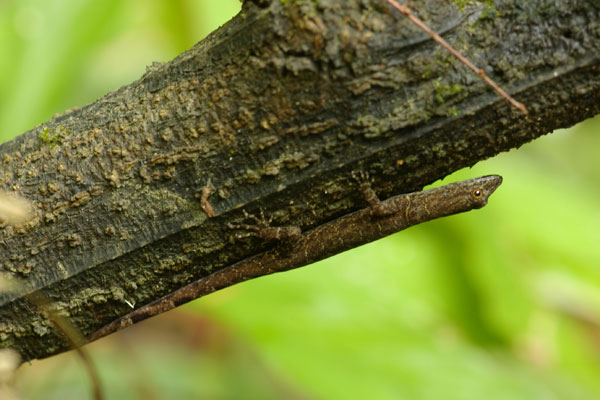
These small geckos were the most commonly-seen lizards in the flooded forest, but that only means that I saw as many as ten or so in the four days that we were at Mamirauá. Partly this was because the weather and geography meant that we only hiked in the forest while it wasn't raining for a total of perhaps four hours, and some of that was earlier in the morning than the lizard's daily activity period. But even so, these lizards were hard to notice, because they are small, well-camouflaged, and shy. The males have red-orange spots and yellow collars, but you have to get quite close to notice these colors in the dappled forest light, and the geckos didn't really want you quite that close.
Here is an account of the four days we spent at Uakari Floating Lodge in the Mamirauá Sustainable Development Reserve.
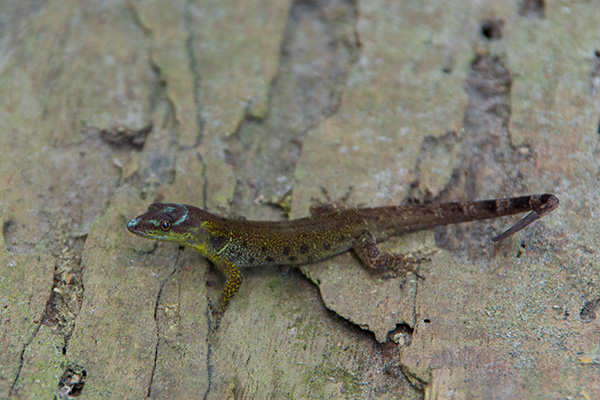
This species is very adaptable to changes caused by human disturbances; they can be found in nearly every clearing or human habitation in the Amazon basin. This was one of the first ones seen on our trip, living in some trees at a local rum factory along the Amazon river, at which we stopped not so much for the rum but to admire some gigantic blooming water lilies.
Here is a complete list of the herps I saw in the wild on my 2013 MT Amazon Expeditions trip.
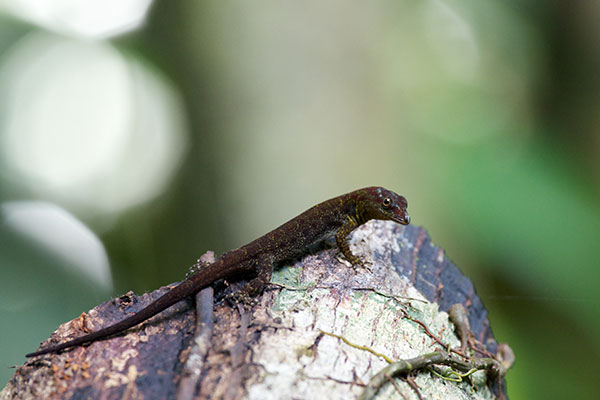
This little guy was enjoying the warmth of a light gap caused by a fallen tree.
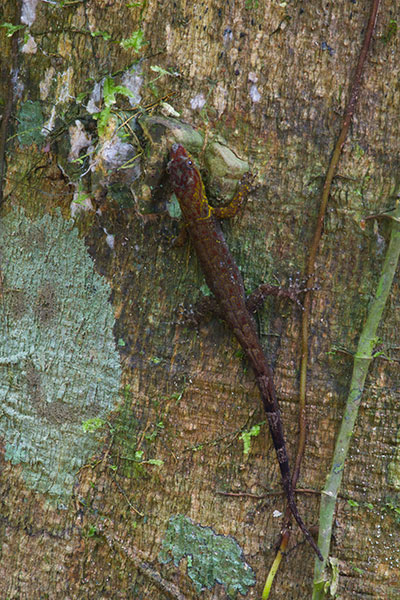
This year I didn't see nearly as many Gonatodes as last year. This is the first one I got a decent photo of, several days into the trip.
Here is a complete list of the herps I saw in the wild on my 2014 MT Amazon Expeditions trip.
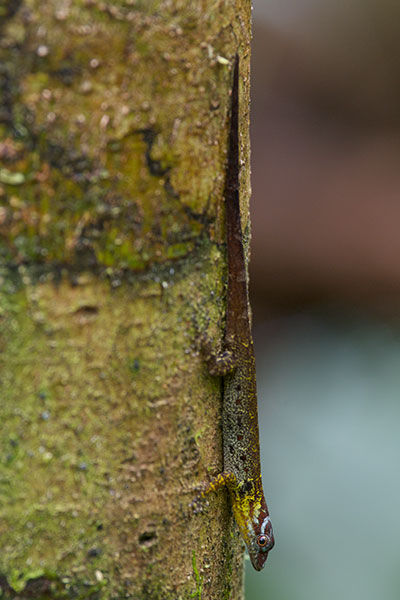
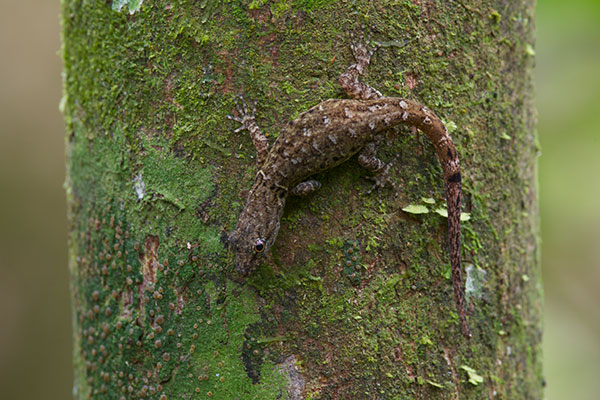
The next day both a male and a female posed for me on small trees.
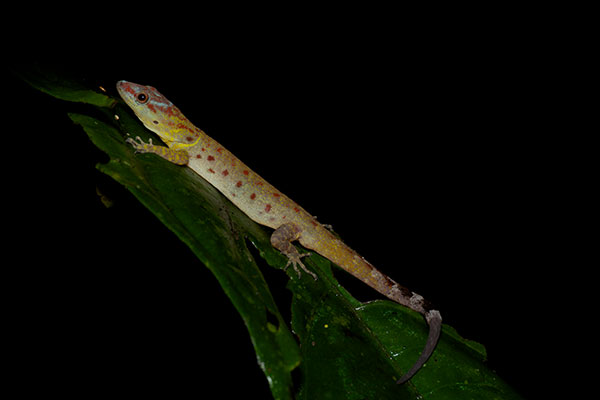
A particularly colorful male sleeping on a leaf at night.
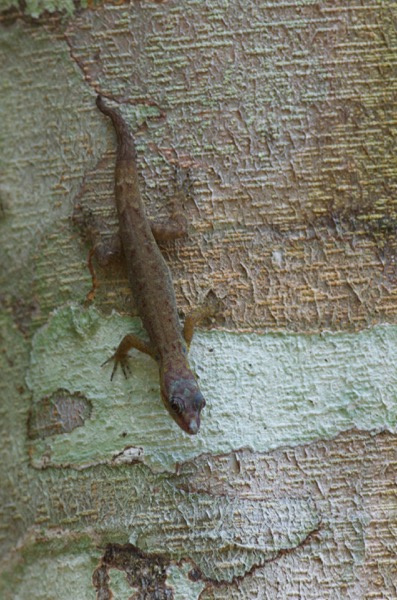
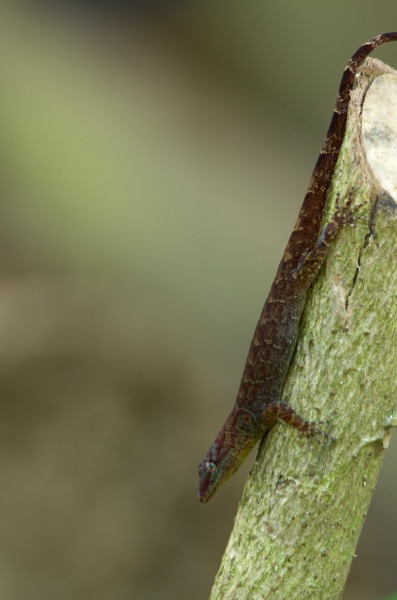
My first bridled geckos of 2016 were this pair living on the grounds of the zoo in Iquitos.
My Travelogues and Trip Lists page includes a complete list of the herps I saw in the wild on my 2016 MT Amazon Expeditions trip.
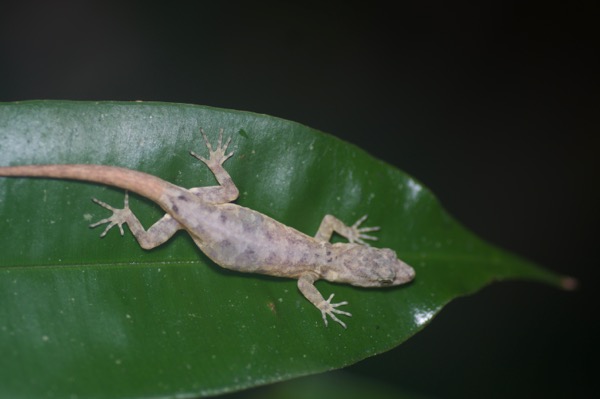
This is a particularly bland female sleeping on a leaf at night. A poor photo of a very uninteresting gecko. Nothing to see hear. Move along.
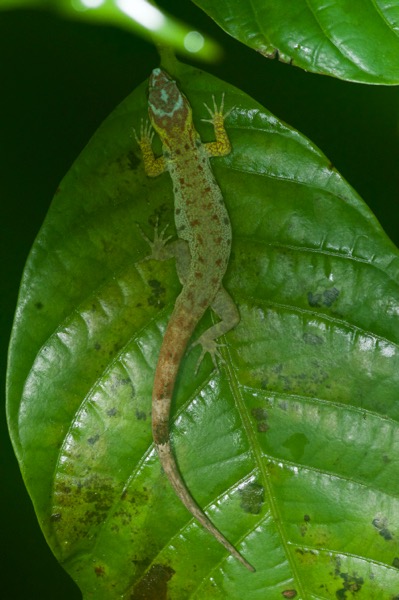
Also a poor photo, but at least this sleeping male is considerably prettier than the previous sleeping female.
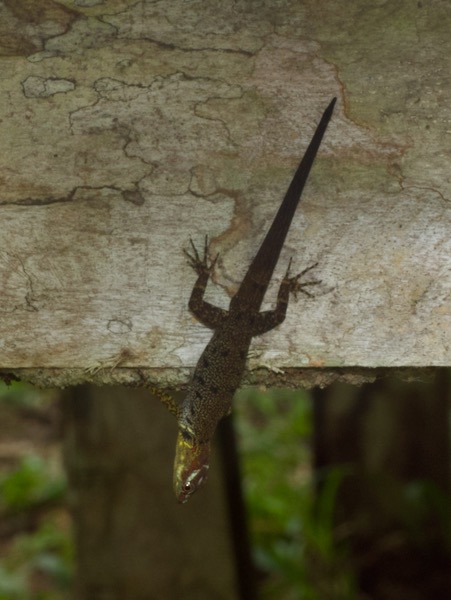
This fellow was skulking around on the raised platform of one of the field station buildings, a.k.a. "tambos".
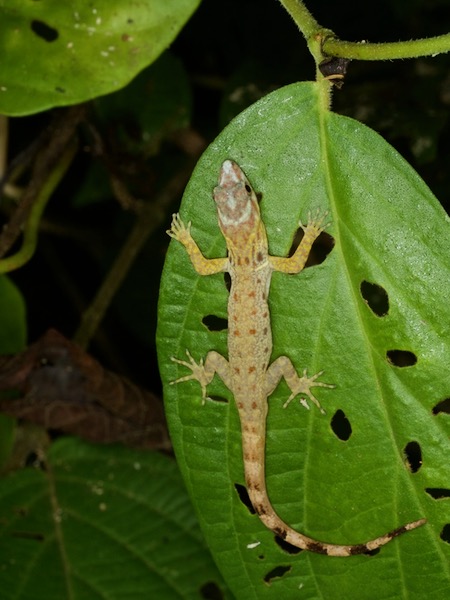
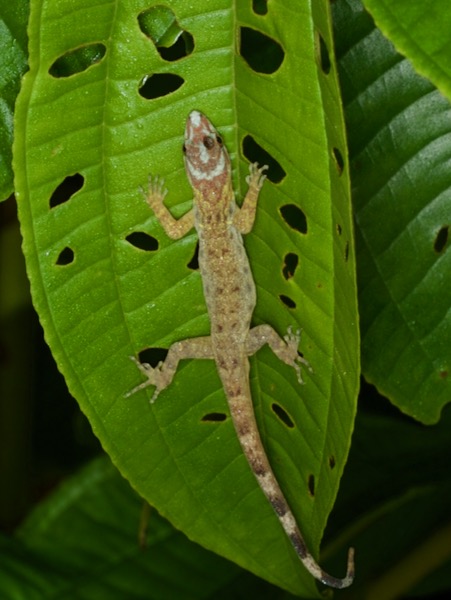
I had better lighting this year for my photos of Gonatodes humeralis sleeping on leaves at night.
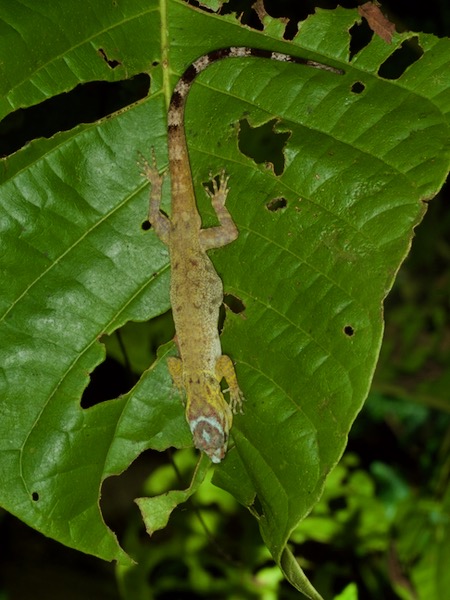
This one is a radical, sleeping head-down instead of head-up! What would its mother think?
Printed references:
- Bannerman, M. 2001. Mamirauá: A Guide to the Natural History of the Amazon Flooded Forest
- Bartlett, R.D., and Bartlett, P. 2003. Reptiles and Amphibians of the Amazon: An Ecotourist's Guide
- Dixon, J. R. and Soini, P. 1986. The Reptiles of the Upper Amazon Basin, Iquitos Region, Peru
- Duellman, W.E. 2005. Cusco Amazónico: The Lives of Amphibians and Reptiles in an Amazonian Rainforest